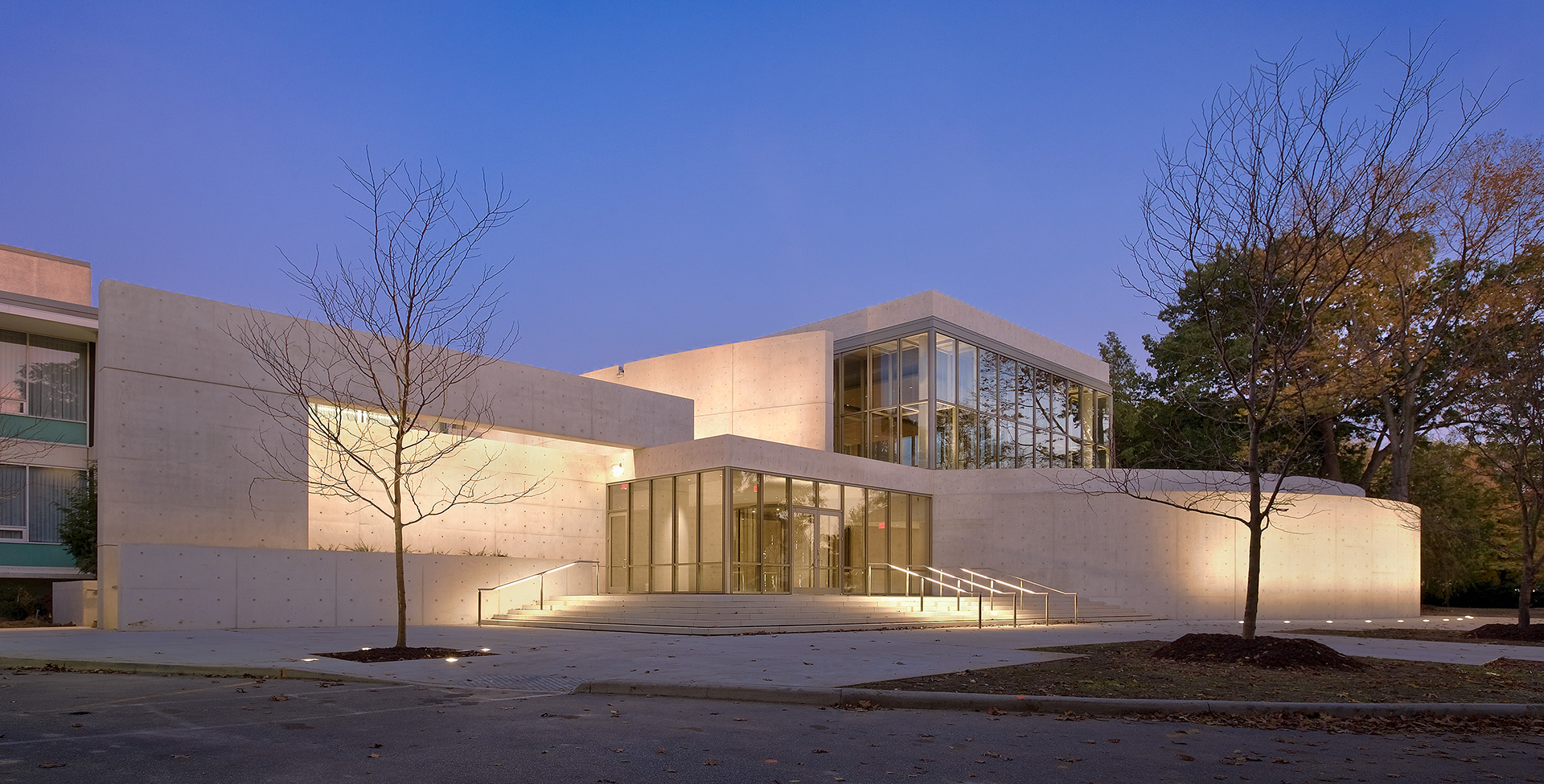You’ve seen the lists all over the internet – “Top 10 BM Musical Theatre Programs” Top 25 BFA Musical Theatre Programs,” etc. (Full disclosure: my institution is on several of those lists). There have been a lot of posts on the internet claiming these lists are not accurate. After reading through a lot of comments and thinking about my own experience on the Board of Directors of the Musical Theatre Educator’s Alliance I thought I should chime in and give my own Top Musical Theatre Programs list. So let’s not waste any time and jump in right at the top.

The one that is the right fit for YOU. Please do not close this window, stay with me for a few minutes and let me convince you why my list is definitive.
You cannot please everyone, and neither can a university
Universities are businesses, especially in today’s market. Administrators and faculty make conscious decisions to brand their school, whether they communicate their brand explicitly or not. I went to grad school at Louisiana State University. There is no doubt LSU is a football school with an active Greek life and a lot of parties. Honestly, its kind of like going to college at a resort with all the entertainment, events, palm trees, old buildings, and more recently the LSU shaped lazy river (seriously).

And it works, 25,000 students go there. Personally, it wasn’t for me. I do better in a small environment like the one building, one dorm, and one practice house I went to for undergrad – the Cleveland Institute of Music.

To many people, going to a school with an enrollment of 239 undergrads may sound horrific; the antithesis of the “college experience.” But for me, it was perfect. And herein lies the problem with those lists – there is no way to quantify differences like this. My friend, casting director Joy Dewing, suggested on social media we would be better off ranking by school types. For example:
- MT programs in big cities
- MT programs in small towns
- Conservatories with MT
- MT programs at Large universities
- etc.
The list could go on and on, you could even throw “best” in there if you wanted to in order to get more people to read the lists. If you want to sing both musical theatre and opera, Shenandoah University is not the right school for you no matter how high we rank. We don’t offer that opportunity here, but Oklahoma City University does and they do it really well. For the person interested in both styles of performance, a school like OCU is the #1 MT program. However, if you want to sing nothing but musical theatre and pop/rock, I would hope that SU would be your #1 program.
You need to ask yourself what kind of an environment you will thrive in – large campus, small campus, in a major city, in a small town. You need to think about what you want out of the curriculum – intense dance training, very little dance training, acting for the camera, Shakespeare, etc. Get to know the faculty and decide if you want mentors who are always around and asking how you are, or if you want some distance between you and your teachers. Do you want a lot of one-on-one attention in all of your classes, or are you more of a back row of the lecture room type of person? Those are the most important factors to consider when deciding on your top schools. At the end of the day, you need to be in a program where you can thrive emotionally, mentally, and artistically while gaining the skills necessary to pursue the career you want when you graduate.
The only quantitative metric that I think is valuable is how competitive the school is to get into. There are several schools, including SU, that audition over 1,000 students a year. Other programs see closer to 250, some see less, places like CMU see more. Those metrics are helpful as you evaluate your top picks and choose where you should apply. If you only apply to highly competitive schools (i.e. CCM, Michigan, CMU, etc.) you are taking a real big chance that you may end up without an acceptance letter. A better strategy would be to leave those schools on your list but add some less competitive schools as well (many of them offer training that is just as good if not better – for you). I suggest men pick at least 10 schools, women should pick at least 15. I suggest 1/3 reach, 1/3 competitive, 1/3 attainable. This has nothing to do with the quality of the program, only the mathematical odds of getting in.
By focusing on the content of the program and the faculty you will study with regardless of the ranking, you are most likely to find a place where you will be happy and grow. So take those lists as valuable information to consider, but please do the research and make sure those schools are right fits for you and your dreams before applying. If they are not a good fit, you are not missing out. Remember that the #1 school is the one that feels right for you.
Thanks for reading and good luck as you begin this crazy process!
Matt
This is a great post, Matthew. We met you a few years ago when our son, Tanner, was auditioning. He’s at the University of OK, and your post reflects our experience so well. Thanks for your work. I’ve shared this with a few parents and students who are in the process this year. Again, thanks for your important work!
~Katherine Berry
>
You are welcome! I know several of the faculty there, he’s at a great school.